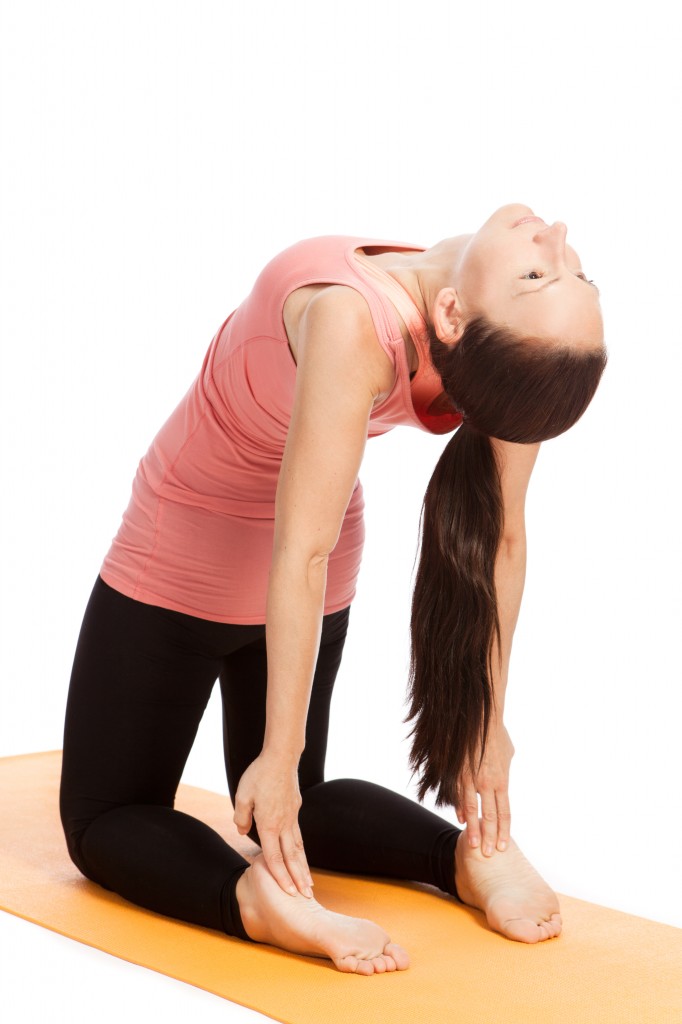Open Your Heart Chakra

Celebrate this Valentine’s Day by loving yourself! Not only is this week Valentine’s Day, but it is also American Heart Month. To honor both of these (equally important) holidays, we’d like to share some ways you can practice some intro- spection and learn how to open and activate your heart chakra. But what is a […]
Restorative Yoga 101: Relax & Renew
Restorative Yoga is focused around the “ahhh” experience in yoga; the space found by breathing, relaxing and letting go of the mind’s internal dialogue. This gentle approach to practice allows participants to experience the same benefits of traditional practice while exerting little or no effort at all and leaves students feeling nourished, refreshed and well […]
